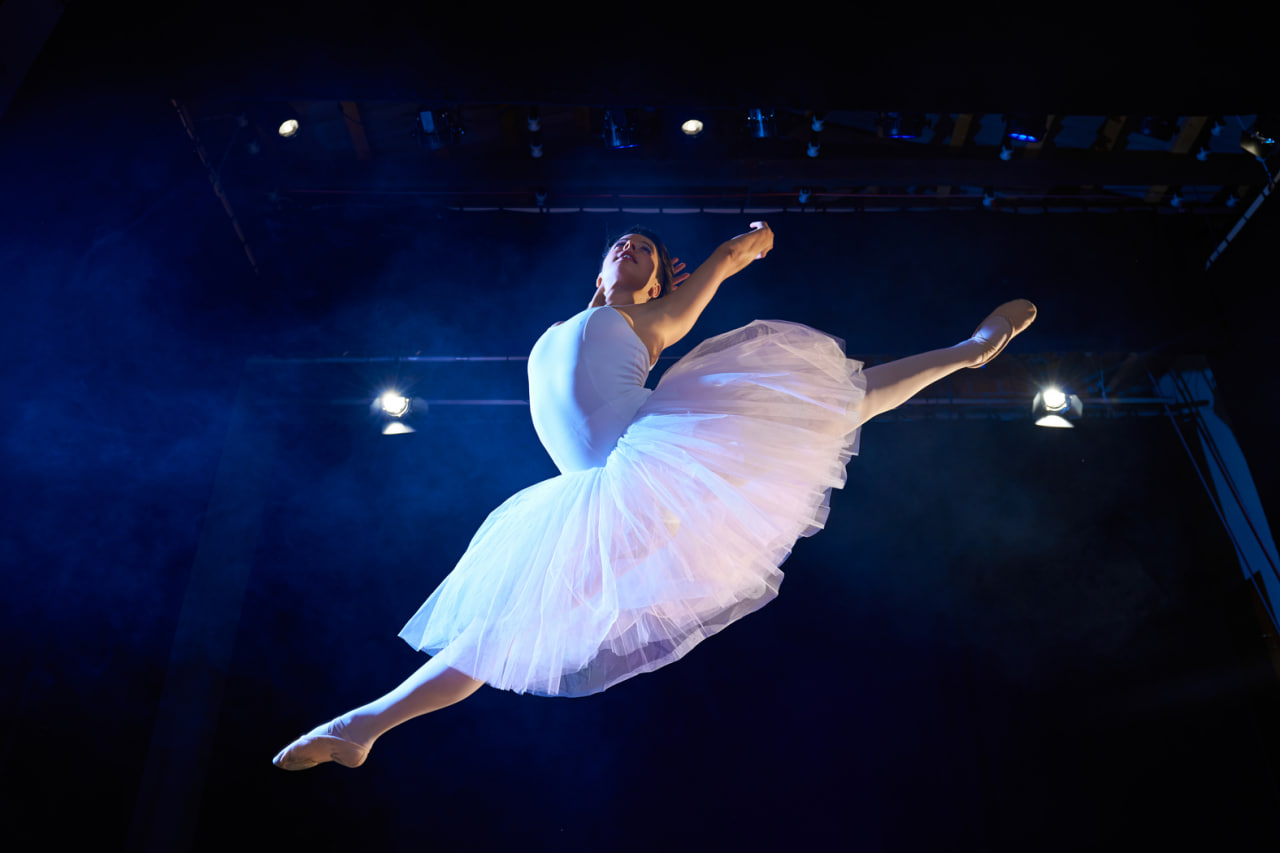From Studio to Stage: What to Expect at Your First Ballet Performance

The Journey from Practice to Performance
For many ballet students, the experience of performing on stage for the first time is both exciting and nerve-wracking. After months of hard work in the studio, the opportunity to share that effort with an audience marks a special milestone in a dancer’s journey. Understanding what to expect can help calm nerves and ensure the experience is memorable for all the right reasons.
Preparing Mentally and Physically
Preparation for a ballet performance begins long before stepping onto the stage. In addition to mastering choreography and technique, dancers must prepare mentally to handle the unique pressures of performing. Visualization exercises, breathing techniques, and positive self-talk can ease anxiety and boost confidence. Physically, maintaining good nutrition, rest, and proper warm-up routines are essential to perform at your best and avoid injury.
The Rehearsal Process
Before the actual performance, dancers participate in dress rehearsals and technical run-throughs. These rehearsals simulate the conditions of the live show, allowing dancers to become familiar with the stage, lighting, and costumes. This time also helps build camaraderie among cast members and provides opportunities for last-minute adjustments. While it can feel tiring, these rehearsals are crucial for a smooth and polished performance.
Backstage Atmosphere
Backstage is a hive of activity on performance day. Dancers change into costumes, apply stage makeup, and run through final warm-ups. It’s common to feel a mix of excitement and nerves in this bustling environment. Support from fellow dancers, teachers, and crew creates a sense of community. Learning to stay focused amid the hustle while maintaining calm is an important skill for any performer.
Stepping Onto the Stage
When it’s finally time to enter the stage, dancers may feel a rush of adrenaline. The audience’s presence, the lights, and the space itself can be overwhelming at first. However, trusting your training and staying connected to the music and movement will help you find your footing. Remember, every dancer experiences nerves; it’s a sign that you care deeply about your art.
Performing with Confidence and Expression
A successful performance is about more than perfect technique. It’s about conveying emotion and connecting with the audience through your movements. Letting go of self-judgment and fully inhabiting your role allows your artistry to shine. Mistakes may happen, but they rarely go unnoticed by the audience and are part of the live experience. The key is to keep going with grace and confidence.
The Afterglow and Reflection
After the curtain falls, many dancers experience a mix of relief, joy, and pride. Reflecting on the performance—what went well and what can be improved—helps dancers grow and prepare for future shows. Sharing the experience with family, friends, and fellow dancers strengthens bonds and fosters motivation to continue pursuing ballet.
Embracing Future Performances
Your first ballet performance is just the beginning. Each subsequent show builds on the lessons learned, increasing confidence and stage presence. Over time, performing becomes an exhilarating and rewarding part of the dance journey, allowing you to fully express your passion and artistry in front of an audience.
